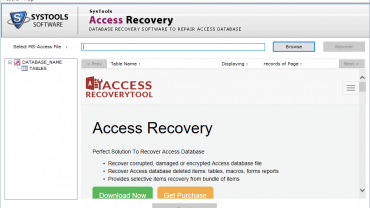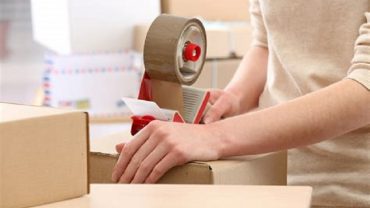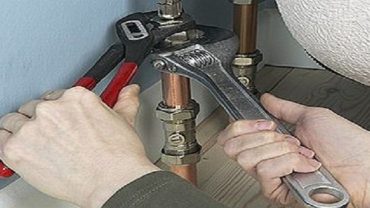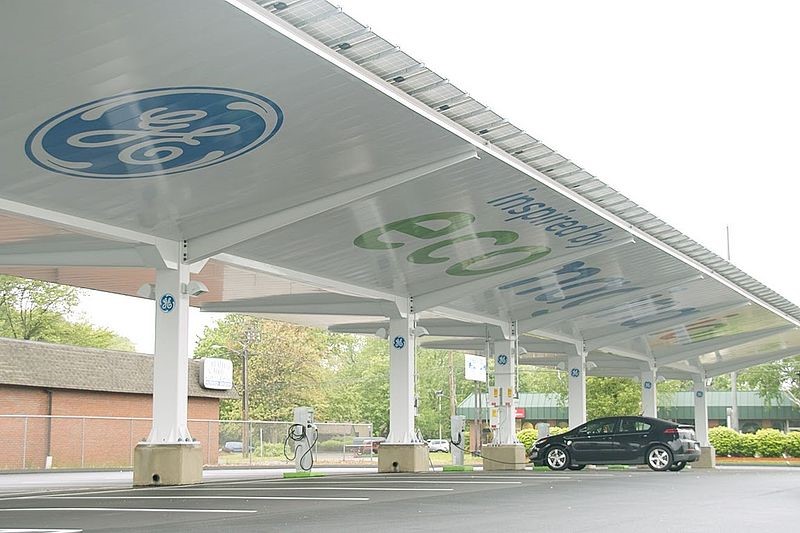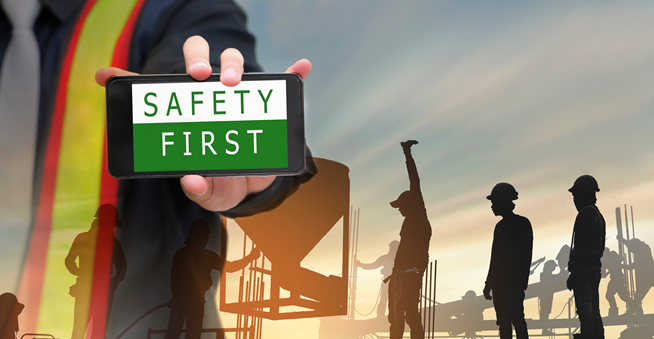Even with the best safety measures, plumbers are exposed to a lot of hazards and accidents still occurs. However, being aware of potential dangers is the key to preventing the occurrence of some of the common accidents on a plumbing job site. Not everyone is eligible to become a plumber. Like any career, there are a couple of safety hazards that come with being a plumber. Though some risks are minor, others can be life-threatening to everyone in a plumbing job site. As such, plumbing professionals should strive to understand potential hazards on their job site and devise ways to keep themselves safe. Of course, the safety of a plumber comes before everything else, and these are some of the hazards that plumbers are likely to face while at work and how to stay safe.
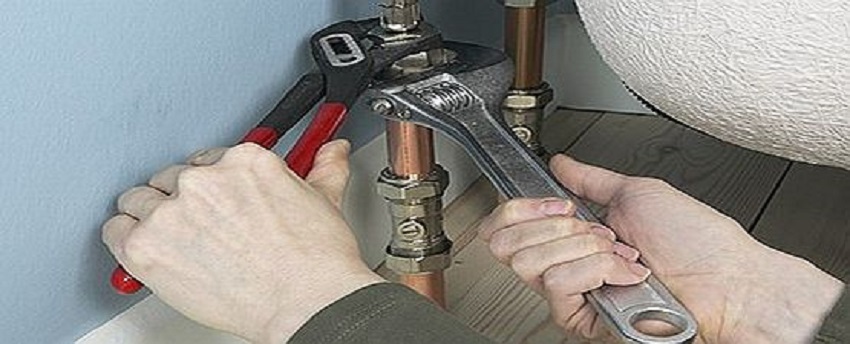
Working at High Heights
Working at high heights is the top cause of accidents and injuries at a plumbing job site. Plumbers require regular inspections, favorable weather conditions, attachment points, and certified harness to work above the ground. One safety measure while operating at high heights is to use certified mobile scaffolding, a cherry picker, and fixed scaffolding to support a plumber while working above the ground. Experts discourage using a ladder as it is often intended for short projects. Besides, anyone using a ladder to work at high heights can quickly get struck by a falling object or fall or slip and end up sustaining severe injuries. Recent research claims that fall accidents and slips are the leading causes of injuries at plumbing work sites. Falls can still happen even when a plumber is using safety tips and tools. A fall accident can happen even when a plumber is just a few feet off the ground.
Asbestos
Recent research has found close to 125 million people around the world are exposed to asbestos in their workstations. Exposure to asbestos is the leading cause of respiratory deaths. Plumbers are exposed to asbestos more than any other professional for working in bathrooms and toilets with an unknown history. Plumbers should first seek to know if someone had used asbestos on a building in the past before they undertake a project. It is the best way to avoid inhaling harmful asbestos that often causes mesothelioma. Though most new buildings rarely have traces of asbestos, it is wise to confirm with the owner to make sure nothing containing asbestos was used before. Exposure to asbestos can slowly build up and lead to life-threatening conditions which may not be curable.
Repetitive Movement
Repetitive movement injuries often affect workers who do the same thing regularly. Repetitive motion injuries can develop over time, and some may even be difficult to identify. Unfortunately, laborers including plumbers often overlook them. Soft tissue damage to the wrists, neck, and shoulders are some of the common repetitive stress injuries. Others include sprains, muscle strains, and back injuries affecting disks, muscles, and ligaments. Plumbers should only work on buildings that minimize the need to carry, push, and pull equipment and loads. Plumbers should also avoid repetitive work for an extended period to reduce the chances of sustaining repetitive movement injuries.
Hearing Loss
Plumbers use different equipment where some can be extremely loud. Using some of these tools for long can cause hearing loss, especially if a plumber doesn’t use protective gear. However, as a plumber, there are a few tricks to preventing hearing loss while using loud machinery. Research by the World Health Organization has revealed that up to 48 percent of construction workers, including plumbers have reported a hearing loss due to machines, noisy pipes, and banging tools. Some of the equipment can lead to hearing damage that might affect plumbers on and off their job.
Working in Confined Spaces
Fatal injuries often happen to plumbers working in confined work stations. Closed spaces that don’t facilitate the free flow of oxygen such as pipes, storage tanks, boilers, pits, ducts, and sewers can all present unique breathing challenges. A plumber exposed to these problems may even be exposed to severe medical conditions. Plumbers may also have to brave extreme circumstances when it is hot, or pipes are frozen, increasing their chances of sustaining severe injuries. Working under scorching conditions or outside leads to further safety precautions.
Mold Infections
Of course, there is bound to be mold growth when a plumber is dealing with clogged pipes daily. Breathing mold can be dangerous and can cause breathing difficulties. Sometimes you may not see mildew, but it could still be present. As such, plumbers may consider signing up with Conrad Martens Gas Fitting to learn safety measures of dealing with mold as well as how to get rid of it. Mold infection is a homeowner’s worst fear, but it might not register in a plumber’s mind until it becomes visible. Places that mold growth is likely to take place is under sinks and in bathrooms and paneling. A plumber may be working in an area with mold growth even without notice. As such, it is crucial to be mindful of the risks of mold growth and take the necessary steps to avoid working under or in locations infested with mold.
Electrical Shock
Working in places with electrical appliances such as hot water tank can increase the chances of dangerous electrical shocks. As such, it may be necessary for a plumber to be knowledgeable about working with electrical appliances to avoid any electrocution. Plumbing trade tools have become more powerful in the past few years, but some present unique risks to plumbers, especially if the equipment is defective. Some plumbing tools can cause hand injuries such as cuts, fractures, and bones. People often think about fixing toilets and plunging when they hear the word plumbing. While this is a small portion of piping, the profession comes with a lot of responsibilities including dealing with electrical systems and using heavy machinery. However, safety comes before everything in plumbing, and that’s why every plumber is prioritizing signing up for a safety program to learn the best practices to stay safe while in the field.



